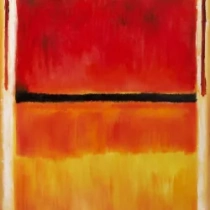 abstract expressionism
abstract expressionism
Description Mark Rothko (inspired by)
While Mark Rothko's iconic abstract expressionism has left an indelible mark on the art world, the essence of his influence extends beyond the canvas, inspiring generations of artists to delve into the depths of emotion and color.
Born Marcus Rothkowitz in 1903 in Dvinsk (now in Latvia), Rothko's early life was steeped in the turbulence of immigrant existence. The family's migration to the United States in 1913 marked the beginning of his American journey. His immersion in the diverse cultural landscape of New York City laid the groundwork for his artistic evolution.
Rothko's artistic journey, initially rooted in figurative and surrealist styles, underwent a transformative shift in the mid-20th century. The luminous rectangles and ethereal gradients that came to define his signature style emerged, provoking contemplation on the interplay of color, form, and emotion.
The Rothko Chapel, a transcendent space in Houston, Texas, stands as a testament to the immersive power of Rothko's art. His commitment to creating environments that evoke a spiritual experience underscores the profound impact of his work on the viewer's psyche.
Rothko's intense exploration of color as a conduit for emotion found its zenith in the "multiforms" and the Color Field paintings. His commitment to expressing the human condition, encapsulated in the emotionally charged hues of his canvases, resonated with a universal language.
Beyond his artistic contributions, Rothko grappled with the existential complexities of the human experience. His writings and philosophical reflections, often introspective and profound, offer a glimpse into the mind of an artist navigating the profound depths of existence.
Tragically, Rothko's life ended in 1970 when he took his own life. Yet, his artistic legacy endured, fostering a rich tapestry of inspiration for subsequent artists. His impact transcended the boundaries of conventional art, challenging viewers to confront the visceral power of color and encouraging artists to embark on their explorations of the emotional and spiritual dimensions of their craft.
Mark Rothko's influence, an amalgamation of personal struggle and artistic innovation, continues to reverberate through the layers of contemporary art. His canvases, bathed in spectral hues, invite viewers into a realm where color becomes a conduit for the sublime, and emotion becomes an eternal dialogue between the artist, the artwork, and the observer.
Gallery
Paintings Mark Rothko (inspired by)
Quotes
A painting is not about an experience. It is an experience.
The most interesting painting is one that expresses more of what one thinks than of what one sees.
Silence is so accurate.
I'm not an abstractionist. I'm not interested in relationships of color or form or anything else. I'm interested only in expressing basic human emotions: tragedy, ecstasy, doom, and so on.
The people who weep before my pictures are having the same religious experience I had when I painted them.
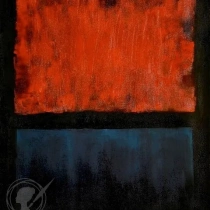
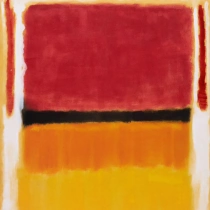
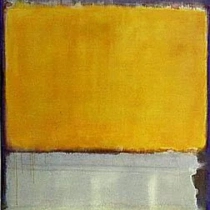
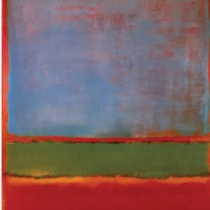
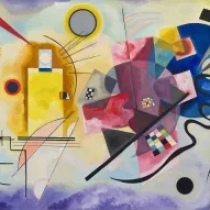
No Comments Yet...